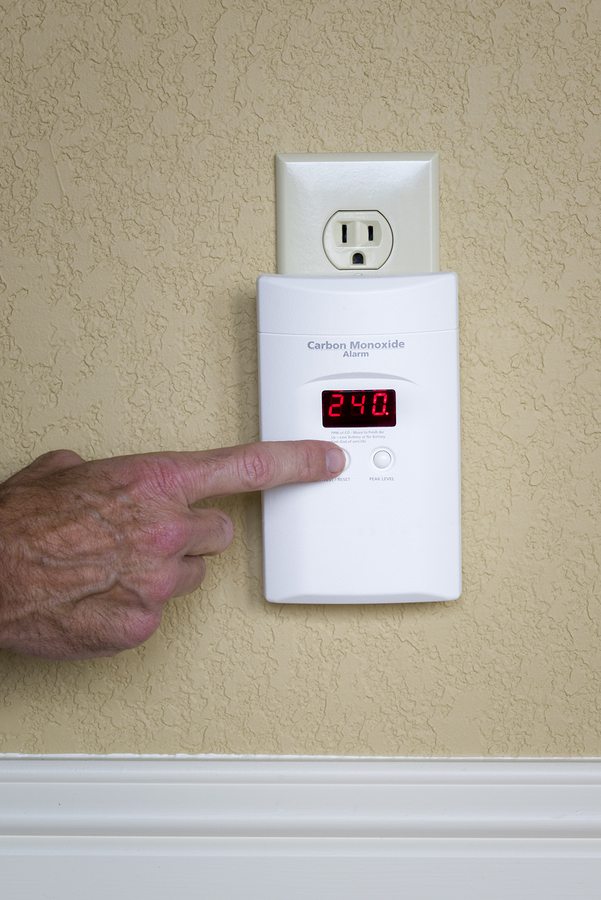FAQs About Carbon Monoxide Poisoning
Carbon monoxide is an odorless and tasteless gas that is put out by combustible machinery and appliances.
If there is a leak from one of the sources, the gas can accumulate in the home and cause carbon monoxide poisoning in the residents. Carbon monoxide poisoning can result in significant health issues and even death. Children and elderly people are particularly affected by carbon monoxide poisoning, so family caregivers need to take as many precautions as possible to reduce the risk of this deadly gas affecting the home.

Home Health Care Smithtown NY: Carbon Monoxide Poisoning
Winter is particularly dangerous for carbon monoxide poisoning because more people are running heating equipment like furnaces, fireplaces and space heaters.
They are also less likely to open windows and doors for ventilation. To protect elderly relatives from carbon monoxide poisoning, family caregivers need to be vigilant and include preventative measures as part of their elderly care responsibilities.
Here are some frequently asked questions about carbon monoxide poisoning that family caregivers should know:
Q: How can you tell when carbon monoxide is near?
A: Because the gas is odorless, colorless and tasteless, it’s nearly impossible for people to detect when it is near. The best way to identify unsafe levels of carbon monoxide is via a special detector that can be placed throughout the home. When unsafe levels are detected, the device gives off an alarm.
Q: Where do carbon monoxide leaks come from?
A: Any appliance, fixture or equipment that burns coal, wood, natural gas, oil, charcoal or propane can put out carbon monoxide. The most common things in the home are furnaces, boilers, gas stoves, water heaters, fireplaces, propane space heaters, charcoal grills, propane grills, backup generators, wood-burning stoves, cars and gas-powered lawn mowers. When used in a well-ventilated area, the carbon monoxide dissipates.
Q: What are the symptoms of carbon monoxide poisoning?
A: Even small amounts of carbon monoxide can cause symptoms such as headaches, confusion, dizziness, irritability, shortness of breath, nausea, vomiting, and unconsciousness. Too much carbon monoxide poisoning can lead to brain damage, a coma or death.
Q: Where should carbon monoxide detectors be installed?
A: There should be a carbon monoxide detector on the ceiling of every level of the house and also one outside the main bedroom. Alarms should be at least 15 to 20 feet from an appliance that could leak the gas. This ensures that nobody will sleep through any carbon monoxide alarms. Placing a carbon monoxide detector in the bathroom could cause false alarms due to excessive moisture.
Q: How can you prevent carbon monoxide poisoning?
A: It’s important to have a professional inspection done on appliances like furnaces, water heaters and more to ensure there are no leaks. Never operate things like propane space heaters and grills inside the home. Don’t idle the car or lawn mower in the garage, even with the door open. Have the chimney professionally cleaned and inspected annually.
If you or an aging loved-one are considering Home Health Care in Smithtown, NY, please contact the caring staff at Family First Home Companions. Serving all of Long Island. Call today: (631) 319-3961
Source:
- Caregiver of the Month: Kathy - April 8, 2022
- Preventing Colds and Flu in Springtime - March 2, 2022
- Caregiver of The Month: Jacqueline B - February 21, 2022
